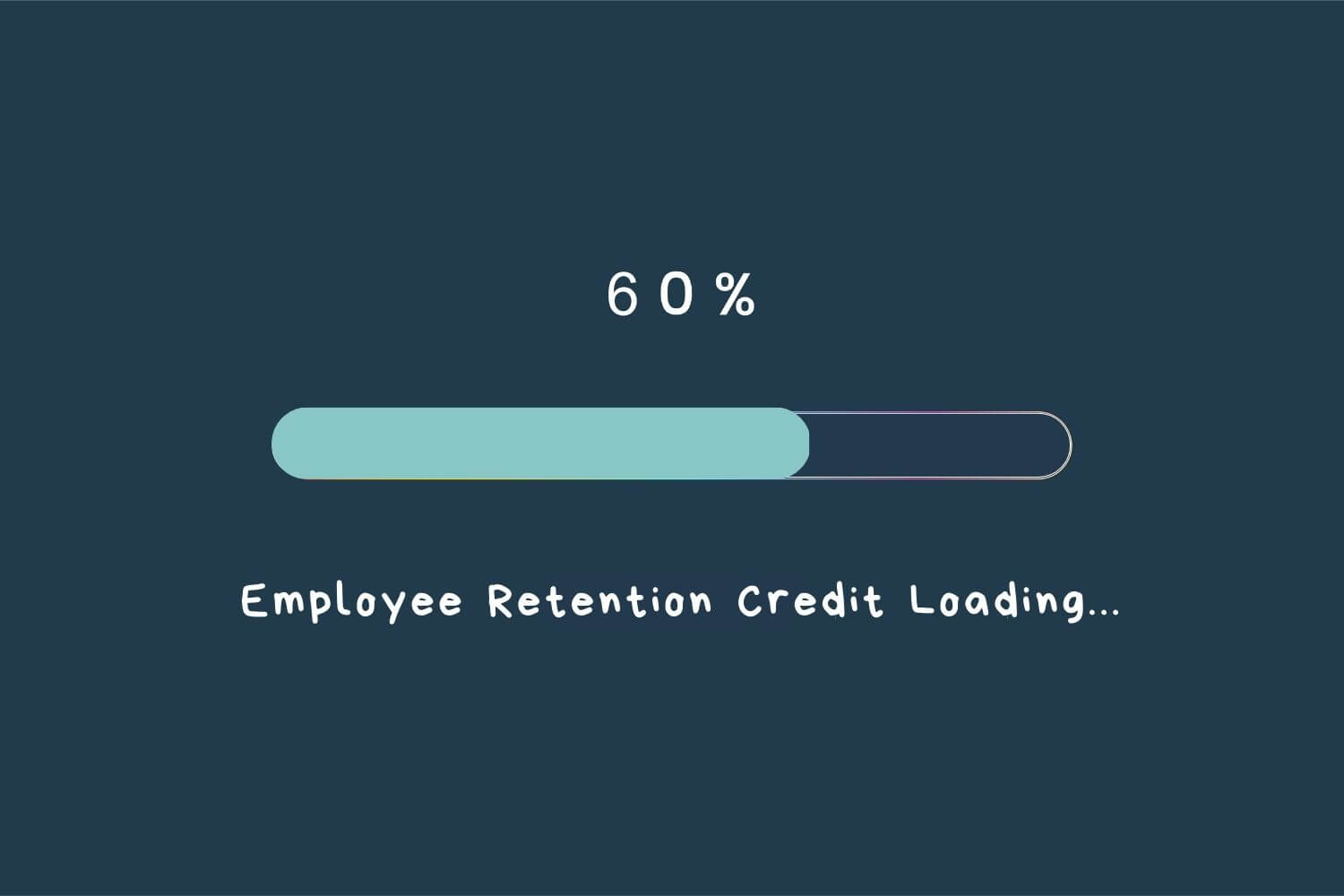This posting by: Tony Poderis We know that a Planning Study (see: What is a Planning Study) is a tool a non-profit uses to determine whether it should go ahead with a Major (capital or endowment) Fundraising Effort. Such a Study is essential for an organization in order to assess the likelihood of success before …
Finance/
Financing & Loans
This posting by: Bill Huddleston Massive CFC Changes Proposed …Riveting Reading in the Federal Register I realize I’m mixing metaphors in the headline, but the intent is to get your attention about something that is very important to any nonprofit that is enrolled in the Combined Federal Campaign (CFC), or is considering applying in the …
This posting by: Hank Lewis I received the following email: I am involved in local education foundations which is a 501(c)(3). We do some really neat things that help to educate kids in our community, and we have a few big fundraisers each year. On our website and in the marketing info for the events, …
This posting by: Tony Martignetti. Last month I gave you five reasons why you should have a Planned Giving program. Your organization doesn’t need much to get started, but you do need a few things in place. Here’s what I look for to decide whether Planned Giving is feasible at a nonprofit. 7 years under …
A Posting by Gail Meltzer, CFRE From time to time, we are asked about the advisability of creating a separate private foundation to raise funds for an existing nonprofit. I’d like to offer an example of when such a foundation was a good idea and has provided great benefit. (Please note – I am not …
This posting by: Jayme Sokolow Being a Success According to Dr. Heidi Grant Stevenson, a blogger for Psychology Today and the author of an intriguing new book, Succeed: How We Can Reach Our Goals (2011), even very bright people are often clueless when it comes to understanding why they succeed or fail. Recent research on …
This posting by: Hank Lewis An issue was raised on a listserve: “I have become more and more concerned about the exploitation of clients and “their stories” as fundraising tools.” “How do you counsel clients about the ethics/morality of using client stories as appeals?” ========================= Whenever a question is posed about ethics/morality that includes the …







